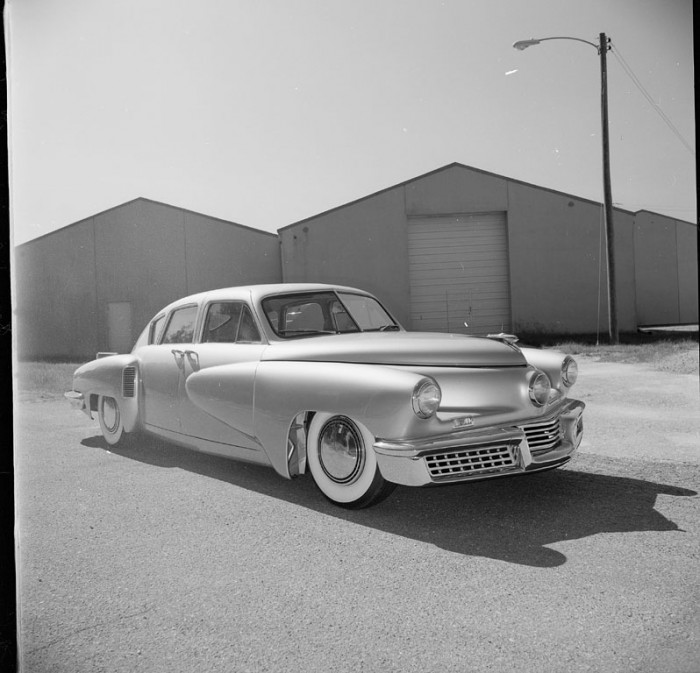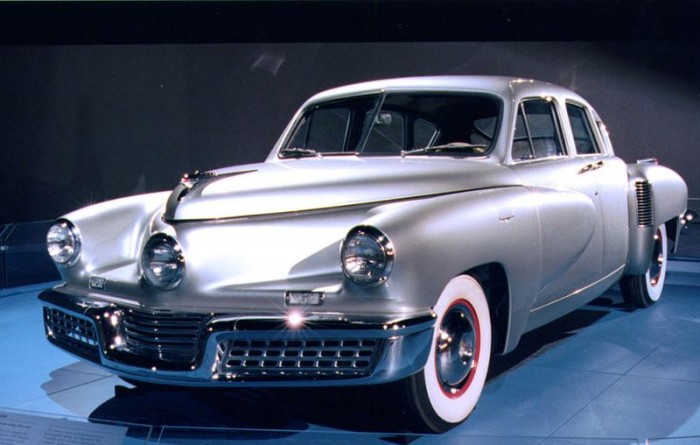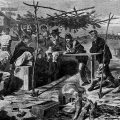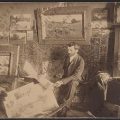Today in Smithsonian History: October 8, 1993

This rare 1948 Tucker automobile was acquired by the National Museum of American History for its transportation collection. The car was designed by Preston Tucker, Alex Tremulis, and a team of stylists and engineers. It is one of only 51 such cars produced by Tucker Corporation before Preston Tucker became embroiled in fraud allegations. The car was seized in 1992 as the result of a Drug Enforcement Administration investigation into an illegal narcotics manufacturing operation. It was presented to the Museum in a brief ceremony on October 8, 1993 by the U.S. Marshals Service. (Photo by Jeff Tinsley, as featured in the Torch, December 1993)
October 8, 1993 The United States Marshals Service donates a very rare 1946 Tucker automobile to the National Museum of American History transportation collection. Number 39 of only 51 such cars produced by the Tucker Corporation before it became embroiled in fraud allegations, the car was designed by Preston Tucker, Alex Tremulis, and a team of stylists and engineers. The car was seized in 1992 by the United States Marshals Service following a narcotics investigation by the Drug Enforcement Administration.

Preston Tucker’s automobile was promoted as “the first completely new car in fifty years” because of its novel engineering and safety features and its unique styling. The rear-mounted engine and rubber suspension were designed to improve performance and reduce noise, fumes, and vibration. Safety features included a center headlight that turned with the front wheels and collision protection provided by a pop-out windshield, padded dashboard, and “safety chamber” for the front passenger. Tucker’s styling gave the car a futuristic appearance and an impression of power and speed. Fifty-one cars were built before production was halted due to financial problems.
Courtesy of Smithsonian Institution Archives
Posted: 8 October 2019
- Categories:





